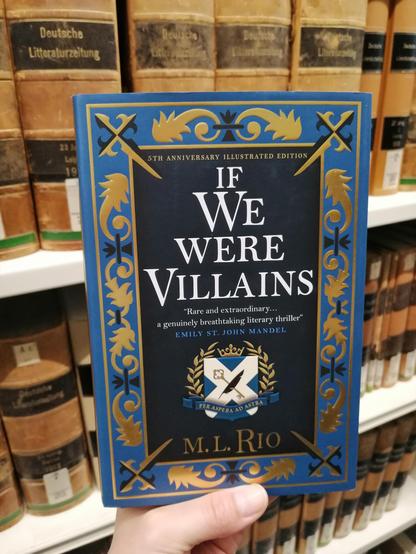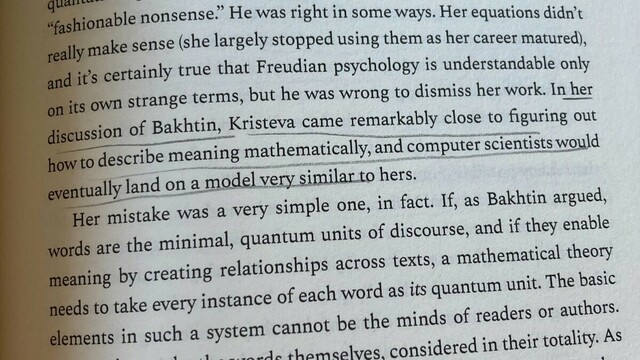The invention of the Marvel universe
From True Believer: The Rise and Fall of Stan Lee, by Josephine Riesman pg 55:
One more notable bit of career foreshadowing came in September 1941’s Marvel Mystery Comics #25, in which Stan penned a text story about various superheroes who were series regulars coming together for a confab. Although it wasn’t superhero fiction’s first crossover—that honor belonged to a Namor and Human Torch epic in issue #8, written by someone else—it was the first to suggest that everyone in Timely’s stable could occupy the same space. Twenty years later, when Stan established the endlessly interconnected Marvel Universe, he likely didn’t remember those two pages of prose, but perhaps they were the seed that grew into a framework that fundamentally changed popular fiction on both page and screen.
From pg 129:
What The Avengers demonstrated above all else was the degree to which Stan and Kirby were constructing a massive latticework of stories in which anything that happened in a given individual series—even ones from as far back as the forties—could affect events in any other series. Marvel was a living, breathing, evolving universe, through and through, which couldn’t be said for the haphazard worlds of DC, Charlton, or any of the rest of the superhero publishers. It was a brilliant strategy for next-level storytelling, yes, but an even more brilliant marketing ploy. If you wanted to know what the hell was going on in one book, you had to buy all the others, just to be sure you didn’t get lost. Kirby never took credit for that idea—indeed, his assistant and biographer, Mark Evanier, says Kirby found it cumbersome and irritating, because it forced him to incorporate other people’s ideas into his own comics. But Stan was enormously proud of the notion of the Marvel Universe and maintained it in all the superhero books

